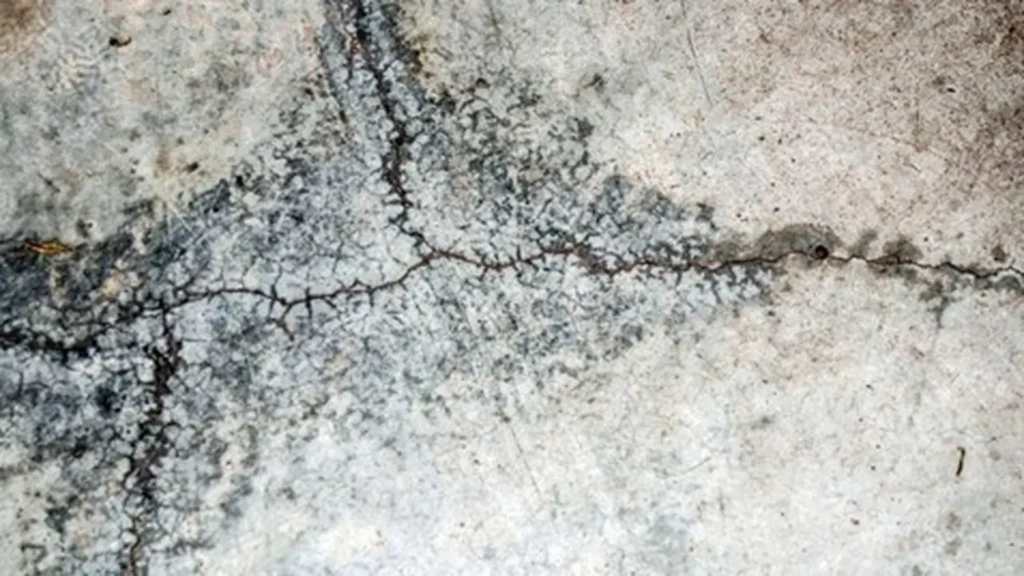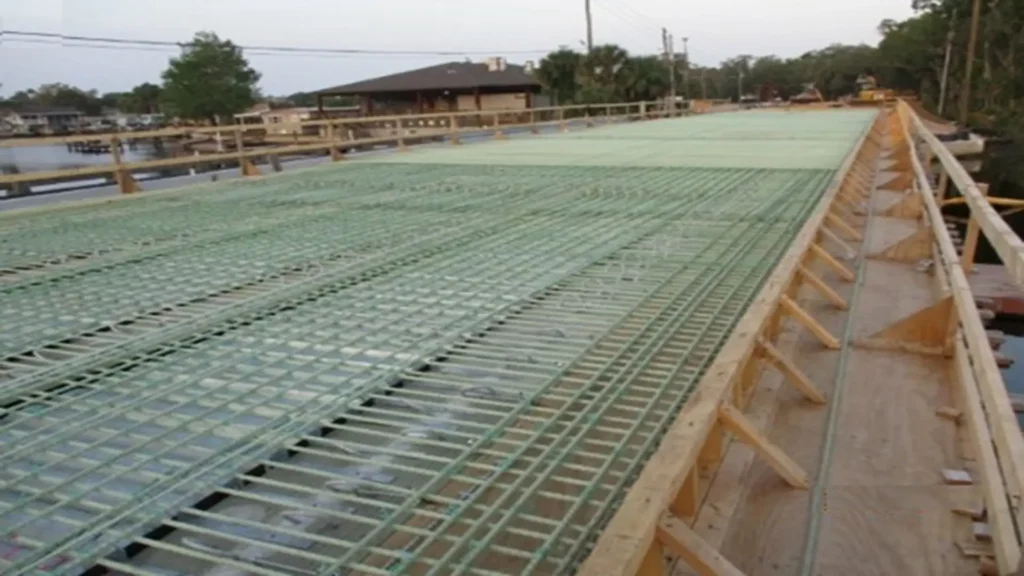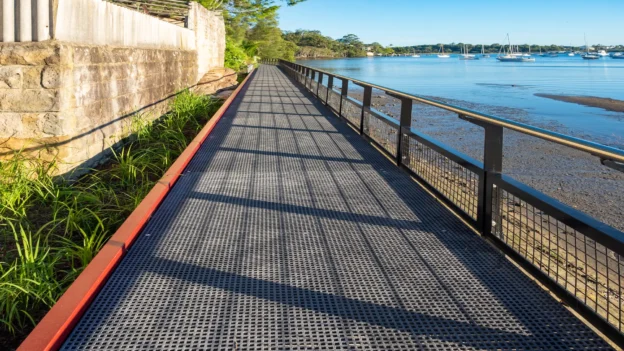What if buildings could heal themselves after an earthquake? Or if bridges were able to withstand hurricanes as if they were nothing more than a soft breeze? What would you think about all this? Nowadays, there is a lot of talk about research aimed at improving molecular structures in advanced construction materials. But you may be asking yourself: What exactly are advanced materials?
Believe it or not, they are being developed for critical infrastructures. Considering that natural disasters cause economic losses exceeding 200 billion dollars annually, these materials have become the first line of defense for our cities.
The silent smart materials
Materials that come to life
Advanced materials are transforming our understanding of what it means to build to last.
Today, for instance, scientists have created concrete capable of detecting microscopic cracks and repairing itself immediately, or fibers that become stronger when subjected to pressure beyond their original design. Ultra-High-Performance Concrete (UHPC) offers resistance and durability far greater than conventional concrete.
Another example is polymers, which are revolutionizing everything from industrial aerogels to biomedical implants. From everyday plastics to advanced molecular structures, polymers can be as natural as DNA or as synthetic as Teflon. They are grouped by origin, structure, and thermal behavior. Meanwhile, the energy industry is already exploring self-cleaning surfaces, anti-corrosion coatings, and smart thermal insulation, all based on advanced macromolecules.
These are not futuristic concepts but tangible realities already protecting our most critical infrastructures. For example, the global self-healing materials market reached 2.8 billion dollars in 2024 and is projected to grow to 17.49 billion by 2033, with an annual growth rate of 22.6% (Straits Research, 2024).
This figure is not just a number in a financial report; it represents billions of dollars invested in technology that can save lives and protect entire economies. That is why the impact factor of advanced materials is growing exponentially and substantially in articles in journals specializing in this innovation in materials, and every day, consultations and citations of this research are the order of the day.
A lighter, stronger, and self-healing concrete
Self-healing concrete represents perhaps the most significant advance in building materials since the invention of Roman concrete and Portland cement. With a market value that rose from $29.4 billion in 2023 to a projected $254.97 billion by 2033, this material is experiencing annual growth of 28.7% (Precedenceresearch.com, 2025). Beyond the numbers, what does this mean for our cities? Undoubtedly, a trend toward its use due to the long-term economic benefits it represents.
This material works by incorporating specialized bacteria or microscopic capsules that activate when cracks appear. When a structure suffers minor damage, as can be seen in Figure 1, the bacteria activate to seal the cracks, promoting the self-healing of the concrete.

But now concrete also contains recycled plastic and is more resistant. How does it work? Coviax is one of the proposals being applied to the construction of concrete slabs, in which recycled plastic spheres are incorporated into the concrete to lighten the weight without compromising its resistance. It is an optimized design that distributes loads better, making it ideal for tall buildings, bridges, and structures that need to be lighter and stronger.
Nanotechnology is also revolutionizing construction materials, enabling molecular-level modifications. Carbon nanotubes can make concrete up to 10 times stronger than traditional formulations, while nanoparticles can create self-cleaning, corrosion-resistant surfaces.
The real cost of not investing in resilience
Numbers that make us think
Statistics on the cost of natural disasters are staggering. Recent catastrophic events worldwide have caused economic losses of more than 200 billion dollars, paralyzing critical infrastructures and disrupting business operations across multiple sectors (Swiss Re Institute, 2024).
Every dollar invested in resilience and preparedness saves communities 13 dollars in post-disaster costs, while each dollar spent on disaster-resistant infrastructure saves 4 dollars in reconstruction (UNDRR, 2023). The math is simple: prevention is far smarter than repair.
The investment gap
The United States requires a total investment of 9.1 trillion dollars across 18 infrastructure categories to achieve a state of good repair (Webuild Value, 2025). The Texas flood mitigation plan, valued at 54.5 billion dollars, faces a funding gap of 44 billion, highlighting the role of public-private partnerships (Infrastructure Solutions, 2024).
| Investment type | Amount (Billion USD) | Return on investment |
|---|---|---|
| Resistance and preparation | 1 | 13:1 in post-disaster savings |
| Resilient infrastructure | 1 | 4:1 in reconstruction |
| Plan Texas (floods) | 54.5 | 44 billion gap |
| Total need USA | 9,100 | Infrastructure in good condition |
Disruptive technologies and innovations
Fiber-reinforced polymers (FRP)
One of the innovations in high demand in the industry is fiber-reinforced polymers (FRP). These are the result of combining the lightness of plastics with the strength of steel and can withstand extreme forces while maintaining flexibility. This improves mechanical properties and makes them especially valuable in seismic zones, due to their strength-to-weight ratio, where the ability to absorb and distribute energy can mean the difference between a building that remains standing and one that collapses.
They are classified as follows:
- Glass fiber: used in plastic tanks, vehicle bodies, and pipes.
- Carbon fiber: used in aerospace, sports equipment, vehicle chassis, and medical prosthetics.
- Aramid fiber: used in bulletproof vests, protective equipment, and high-performance ropes.
This technology is currently being validated from a construction standpoint, based on a study of a bridge reinforced with FRP material under construction. Figure 2 below shows the adoption and implementation of FRP reinforcement bars and the pouring of concrete in the deck section with FRP reinforcement already installed.

Phase-change and shape-memory materials
What we could never have imagined, we now know, thanks to research and development into advanced functional materials. These materials are distinguished by properties and characteristics that go beyond basic structural properties. Advanced functional materials are classified according to their type and function.
Thus, we have shape memory materials that can “remember” their original configuration and return to it after being deformed, such as nickel-titanium (NiTi) alloys, used in medical stents that expand inside the body and in orthodontic wires that straighten with body heat.
Similarly, piezoelectric materials generate an electrical charge when mechanical pressure is applied to them (direct piezoelectric effect) and, conversely, they deform when an electric field is applied to them (reverse piezoelectric effect). This can be seen in quartz and special ceramics, which are used in gas lighters, pressure sensors, ultrasonic transducers, and in the generation of energy from vibrations.
A broad category that includes materials that change one or more of their properties in a controllable manner in response to external stimuli are “smart materials,” which can be seen in self-healing coatings in paints or polymers that can “heal” small scratches or cracks on their own, extending the product’s useful life.
And perhaps we have wondered at some point why our coffee or tea cups change color. Well, that is thanks to a material found in both the ceramic and the paint, called thermochromic material. These are different from chromogens, which also change color, but in response to light or electricity.
And finally, there are nanomaterials, which have at least one dimension on the nanometric scale (1 to 100 nanometers). At this scale, the properties of the material change dramatically, such as those of graphene, known for its high electrical and thermal conductivity, strength, and lightness, used in flexible electronics, batteries, and sensors. Or carbon nanotubes, which are also used in composite materials to increase strength and in electronics to manufacture smaller transistors.
Immediate challenges and opportunities
Despite their promise, advanced materials face challenges: high upfront costs, limited public budgets, and the need for workforce training. Universities and institutions must adapt their curricula to prepare future engineers and architects for these technologies.
Public-private partnerships are key, where governments provide regulation and guarantees, and the private sector contributes capital and innovation.
Conclusions
Advanced materials are not just technical innovations—they are strategic investments in the safety and prosperity of future cities. Those who adopt them today will be better prepared for tomorrow’s challenges.
The real question is not whether we should invest in advanced materials, but how quickly we can do so. Every day without implementation is a day of unnecessary vulnerability. The resilience of our cities begins with the decisions we make today.
References
- Infrastructure Solutions. (2024, marzo 24). How to Raise the Grade. Infrastructure Report Card. https://infrastructurereportcard.org/solutions/
- Precedenceresearch.com. (2025, febrero 14). Self-healing concrete market size to hit USD 1376.31 Bn by 2034. Precedence Research. https://www.precedenceresearch.com/self-healing-concrete-market
- Straits Research. (2024). Self-healing concrete market report industry growth, trends, and forecast analysis by 2033. https://straitsresearch.com/report/self-healing-concrete-market
- Straits Research. (2024). Self-healing materials market size, share and forecast to 2033. https://straitsresearch.com/report/self-healing-materials-market
- Swiss Re Institute. (2024, octubre 3). Beyond broken infrastructure – the cascading effects of natural catastrophes. Swiss Re. https://www.swissre.com/institute/research/sonar/sonar2024/beyond-broken-infrastructure.html
- UNDRR. (2023, mayo 12). Our impact. United Nations Office for Disaster Risk Reduction. https://www.undrr.org/our-work/our-impact
- Webuild Value. (2025, abril 9). U.S. infrastructure needs $9 trillion against natural disasters. We Build Value. https://www.webuildvalue.com/en/infrastructure/us-infrastructure-resilience.html

